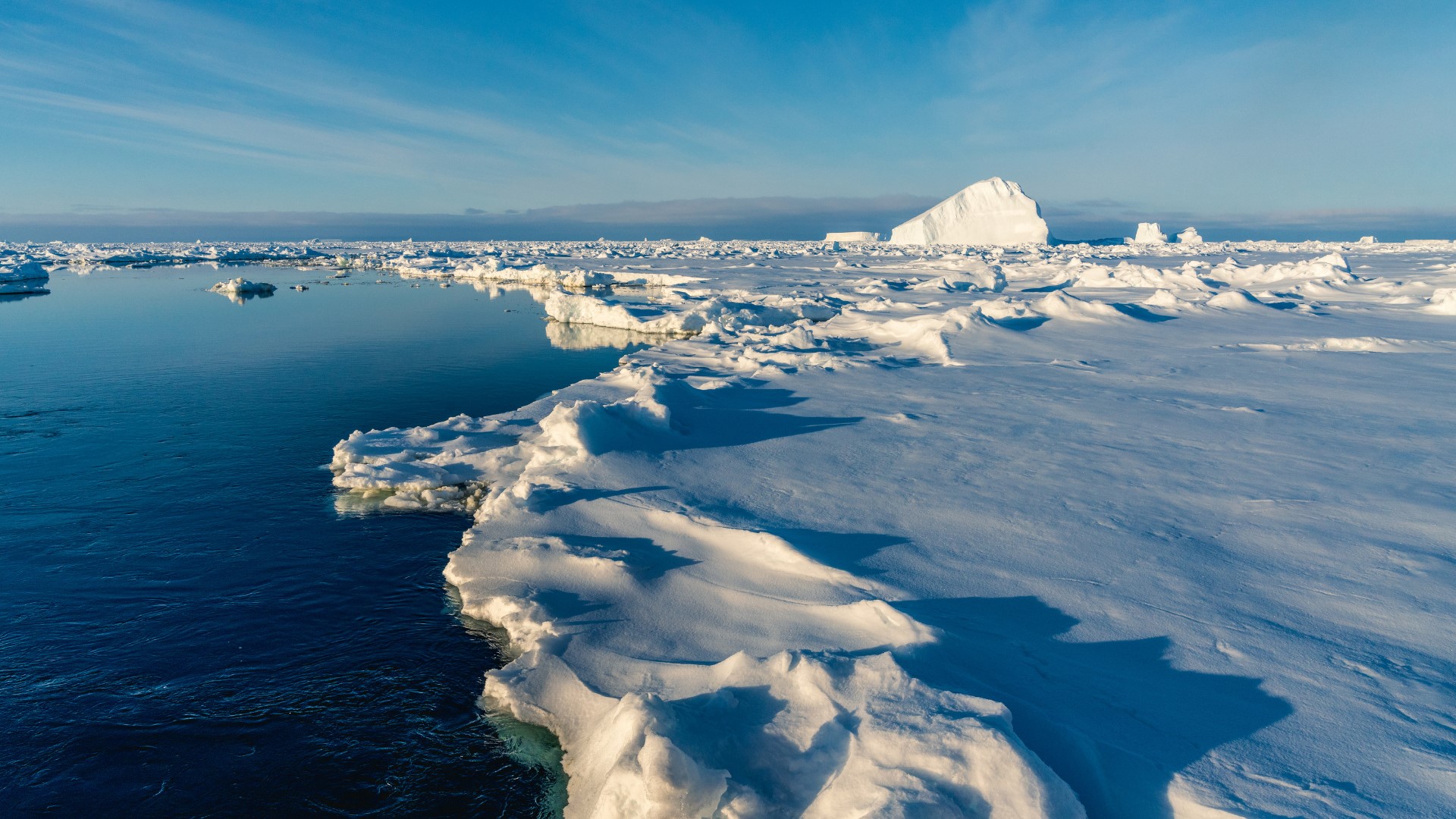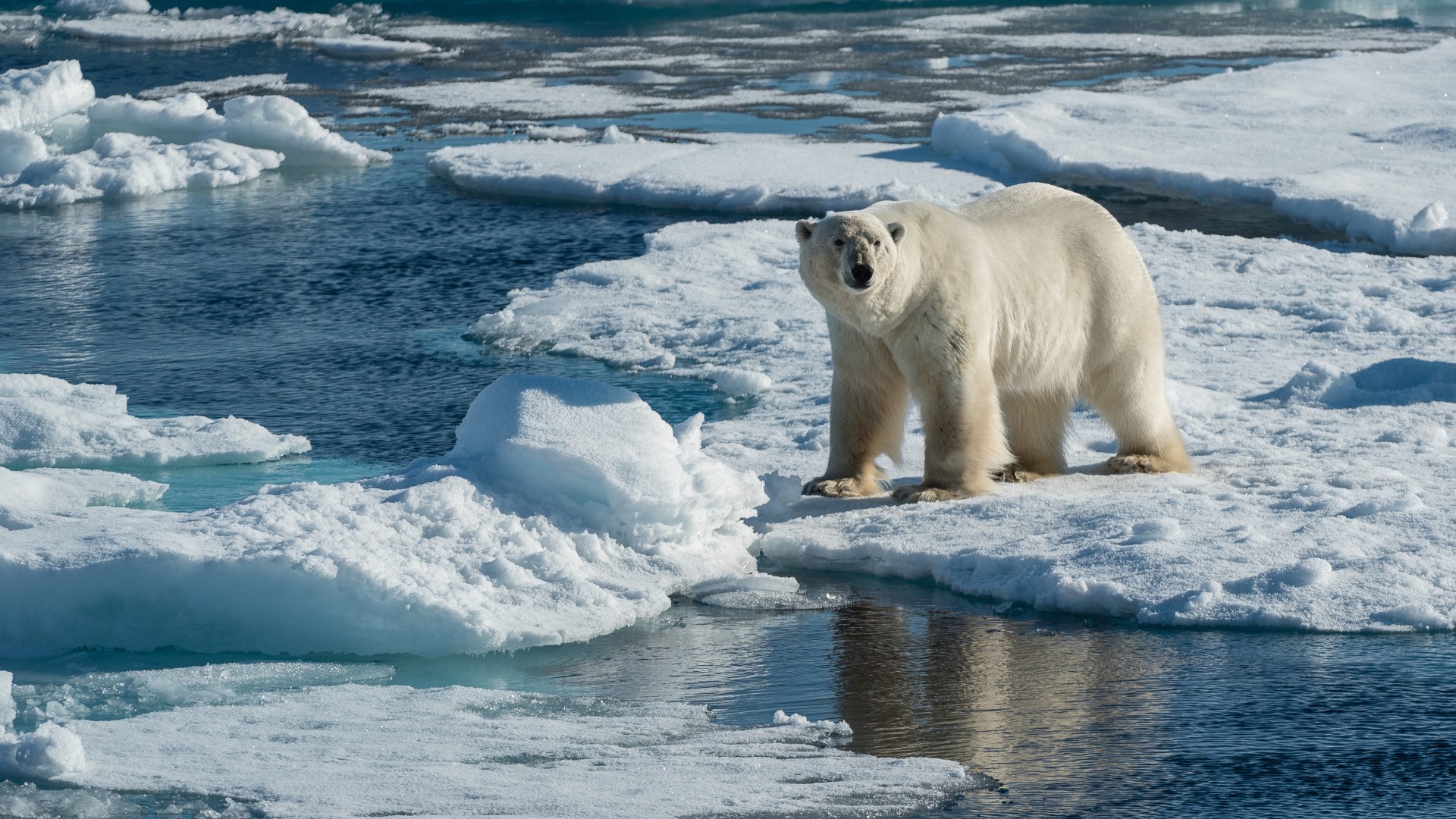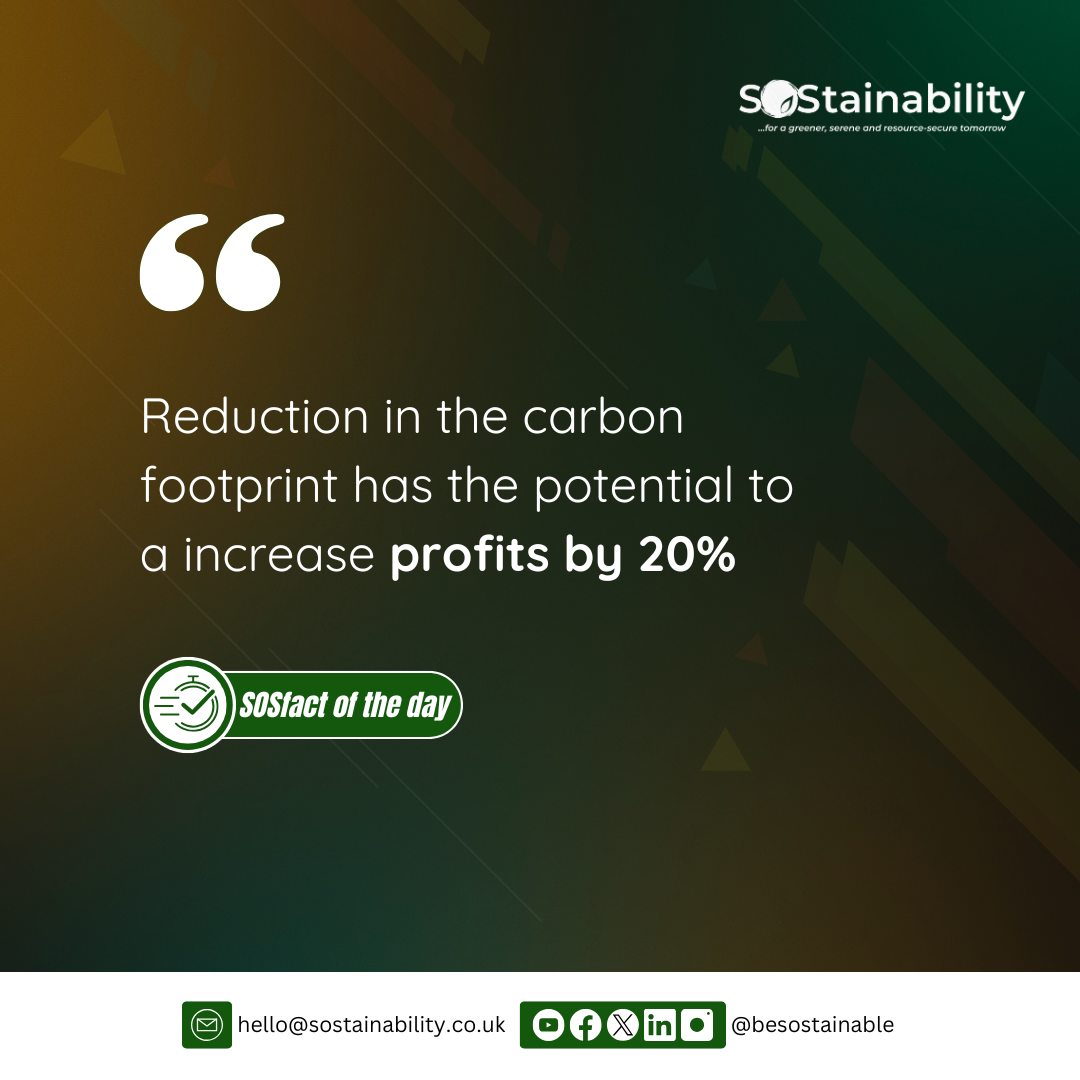
28 May What is the Polar Ice Cap?
What Is the Polar Ice Cap? Understanding Earth’s Frozen Giants
Climate change conversations often begin with the term “polar ice cap,” but what exactly is a polar ice cap, and why does it matter so much? Polar ice caps are massive formations of ice that sit over Earth’s highest latitudes, covering vast expanses of land and sea.
They play a critical role in regulating the planet’s climate, influencing sea levels, and sustaining unique ecosystems. However, these ice formations are not static—they are dynamic, sensitive indicators of global warming, melting or growing in response to atmospheric changes. Understanding polar ice caps is essential for grasping how climate change will reshape our environment, economies, and lives in the decades to come.
Polar ice caps are large, dome-shaped masses of ice covering the Arctic and Antarctic regions of Earth. They form through the accumulation and compression of snow over thousands of years and cover areas smaller than 50,000 square kilometers individually, classifying them as ice caps rather than ice sheets.
These ice masses affect global sea levels, reflect sunlight to regulate temperatures, and sustain specialized life forms around their edges. Rapid changes in their size are key indicators of climate health and future environmental shifts.
This article will explain what polar ice caps are, how they form, where they exist, their ecological importance, and what recent changes tell us about the future.
Understanding Polar Ice Caps: Formation and Features
An ice cap is a thick, dome-shaped layer of ice and snow that forms over land, typically covering less than 50,000 square kilometers (about 19,000 square miles). When ice formations grow larger than this, they become ice sheets, like those covering Greenland and Antarctica. Ice caps often sit atop mountains or polar regions, expanding outward from a central dome and flowing slowly under their own weight.
The formation process begins with the accumulation of snow. Each season, fresh snow falls on previous layers, compressing them under its weight. Over time, the snow transforms into granular ice pellets called firn, which then fuse into dense, solid ice after layers build up to about 50 meters (165 feet). This mass moves gradually, flowing outward like a slow-moving glacier, shaping the landscape beneath.
Some of the world’s largest ice caps are found in the polar regions. For example, the Severny Island ice cap in the Russian Arctic is the largest known ice cap, while Norway’s Austfonna and Iceland’s Vatnajökull are significant ice caps in northern Europe. These ice masses are crucial parts of the Earth’s cryosphere and climate system.
Ice caps are not exclusive to the poles. They also exist on high mountain ranges such as the Himalayas, the Rockies, the Andes, and New Zealand’s Southern Alps. One unique seasonal ice field is the Yolyn Am in Mongolia, which appears briefly in the Gobi Desert, a rare frozen occurrence in an otherwise arid area.
The Role of Polar Ice Caps in Earth’s Climate and Ecosystems
Polar ice caps play a crucial role in maintaining the Earth’s climate balance. Their bright surfaces reflect sunlight, helping regulate global temperatures by sending solar radiation back into space. This reflective property, known as the albedo effect, means that as ice caps shrink, less sunlight is reflected and more is absorbed by the Earth, accelerating warming.
Furthermore, these ice masses act as freshwater reservoirs, slowly releasing meltwater that feeds rivers and supports ecosystems. Melting ice caps contribute directly to rising sea levels, threatening coastal cities and island nations worldwide.
Ecologically, polar ice caps sustain unique life forms, mostly around their peripheries. On land near ice caps, large mammals like polar bears and musk oxen roam. Beneath Arctic ice, rich marine life flourishes—seaweed, krill, fish, seals, and whales depend on these icy habitats. Indigenous communities such as the Yupik people of Siberia and Alaska have lived alongside polar ice caps for generations, relying on the seasonal bounty the ice supports for food and materials.
The health and size of polar ice caps are also important indicators of broader environmental changes. They respond sensitively to shifts in temperature and precipitation, making them a “canary in the coal mine” for climate scientists monitoring global warming.

Recent Changes in Polar Ice Caps: Expansion, Shrinkage, and What It Means
The size and volume of polar ice caps have fluctuated historically, but recent decades have seen more rapid and concerning changes. Contrary to some expectations, satellite data revealed a surprising expansion of Arctic sea ice between 2012 and 2014, growing by 43 to 63 percent according to NASA and the Danish Meteorological Institute. However, this growth was short-lived. Since then, Arctic ice coverage has declined sharply, shrinking to around 4.23 million square kilometers (1.63 million square miles) by 2023.
On the other side of the planet, the Antarctic and Arctic land ice caps, such as Norway’s Austfonna, are diminishing at alarming rates. Researchers at the University of Leeds report that Austfonna has lost significant ice mass since the late 20th century, with current measurements nearly two million square kilometers below long-term averages.
Mount Kilimanjaro in Tanzania, once home to extensive ice caps, now has only the rapidly melting Furtwangler glacier remaining. This retreat reflects the global trend of ice loss linked to increasing temperatures.
These changes have profound implications. Shrinking ice caps accelerate sea-level rise, threatening millions globally. They also disrupt ecosystems, indigenous lifestyles, and global weather patterns.
Understanding and monitoring these trends are essential for climate prediction and adaptation strategies worldwide.
Why Polar Ice Caps Matter to You and the Planet
Polar ice caps may seem remote, but their fate affects us all. Their melting contributes directly to sea-level rise, increasing the risk of flooding and erosion for coastal communities. Changes in ice cover influence ocean currents and weather systems, potentially altering rainfall patterns and agriculture far from the poles.
For businesses and policymakers, the state of polar ice caps signals the urgency of climate action. Melting ice increases risks to infrastructure, supply chains, and global markets. It underscores the need for sustainable practices and investment in climate resilience.
On a personal level, polar ice caps symbolize the tangible impacts of global warming. They remind us that climate change is happening now—not in some distant future. Protecting them requires global cooperation, innovation, and commitment.
Protecting Earth’s Frozen Heart
Polar ice caps are far more than static, frozen wildernesses at the edges of our planet. They are living, breathing components of Earth’s climate engine, crucial for regulating temperature, supporting diverse ecosystems, and maintaining sea levels. Their delicate balance influences weather patterns and the health of countless species, including humans.
The rapid changes occurring in these icy regions are a stark signal that the planet is undergoing profound transformation. Melting ice caps highlight not just an environmental crisis but a call to global responsibility. Recognizing their role deepens our understanding of how interconnected Earth’s systems truly are—and how vulnerable we all are to shifts in these fragile landscapes.
This knowledge urges immediate action—from governments setting bold climate policies, to businesses investing in resilience, to individuals making sustainable choices. Protecting the polar ice caps is protecting our shared future, demanding foresight, innovation, and unwavering commitment.
Supporting Business Readiness for Climate-Conscious Trade
At SOStainability, we specialize in guiding businesses, communities, and organizations to successfully integrate sustainability and CSR into their strategies. We offer consultations tailored to your unique needs, helping you drive positive change that benefits both your bottom line and the world around you. Whether you’re looking for sustainability assessments, ethical marketing strategies, or tailored training, our team is here to support your journey.
For consultations or business inquiries, please reach out to us at hello@sostainability.co.uk.
SOSFact for the Day



No Comments